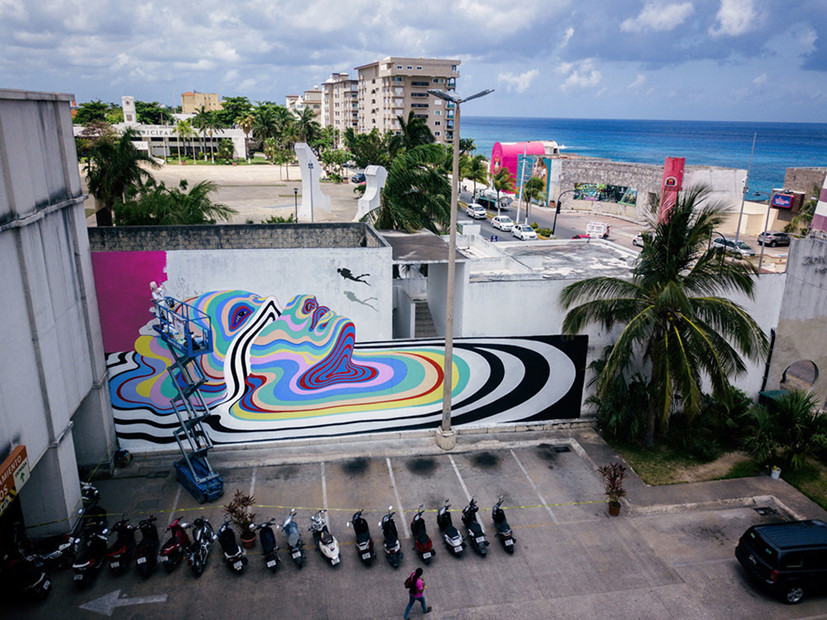
Designing art in the city between ethics and creativity
Abstract
We can believe that the Culture of Vision is the disciplinary area in which various creative projects mature, to be considered in the specific definitions and variations, that the contribution will analyze: urban art, street art, murals, Aerosol Writhing, graffiti, (especially the latter also evaluated in their critical issues) with their respective areas and protagonists. In the contemporary world, English Bansky [1] is one of the best known protagonists. His works (messages and representations with an immediate, almost silhouette, polemical-satirical and political background) are made using the stencil technique. In the contemporary international scene there is the maturation of a complex phenomenon which, as an “amateurish” and “spontaneist”, often takes the form of a true artistic manifestation, with precise cultural references, by each individual author knowingly and programmatically adopted and shared. In general, these practices are able to transform through their universally recognizable visual codes - as we will clarify later - the perceptual impact of a building, a street, an entire neighborhood: this language orientates and creates harmony through visual hierarchies, which can be programmed and controlled.
This is because one of the most widespread and significant areas of application concerns the recovery and redevelopment in cities, even in less well-kept areas (when not abandoned) both in urban centers and in peripheral areas, characterized by the lack of formal identities and cultures, communities and landscapes within them.
Keywords
Full Text:
PDFRefbacks
- There are currently no refbacks.
Copyright (c) 2020 Anna Marotta, Claudio Rabino
DISEGNARECON
ISSN 1828 5961
Registration at L'Aquila Law Court no 3/15 on 29th June, 2015.
Indexed in SCOPUS. Diamond Open Access. All papers are subjected to double blind peer review process by qualified reviewers.
Journal founded by Roberto Mingucci
